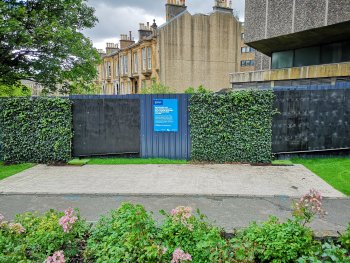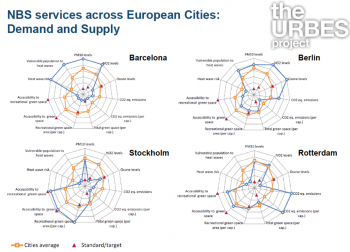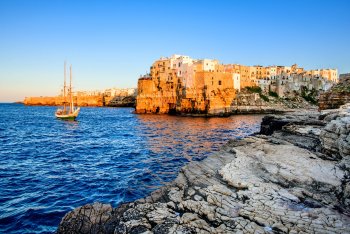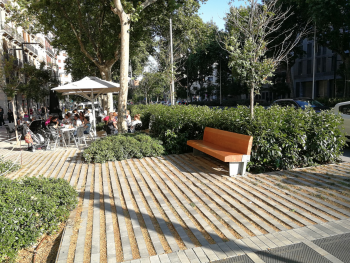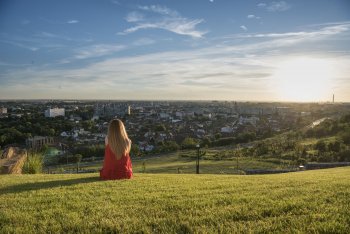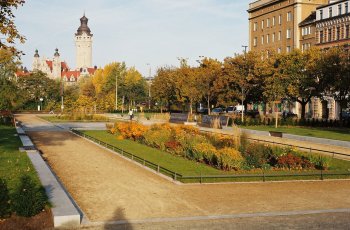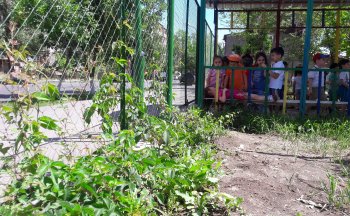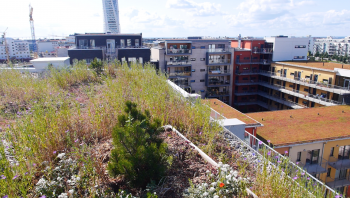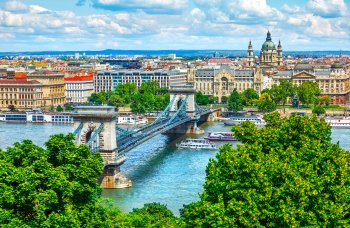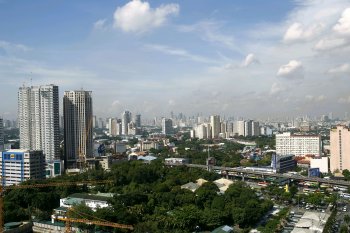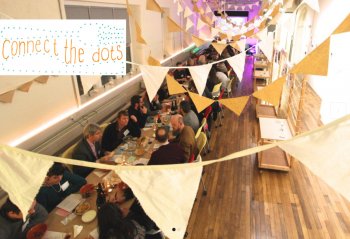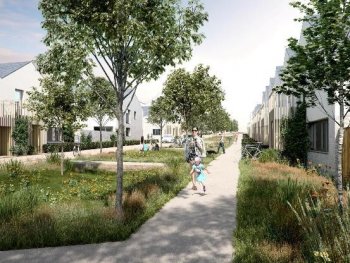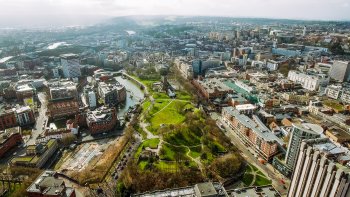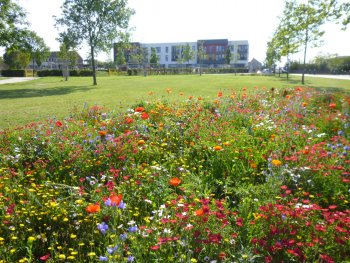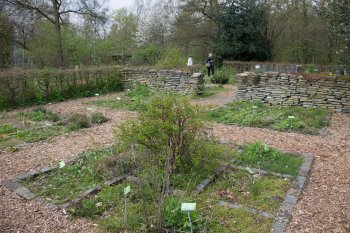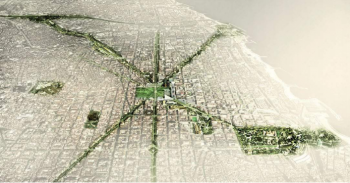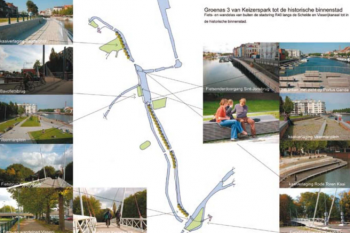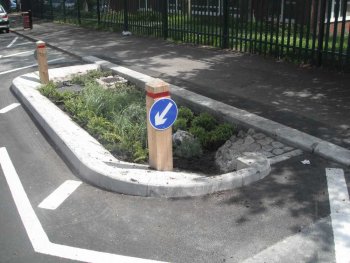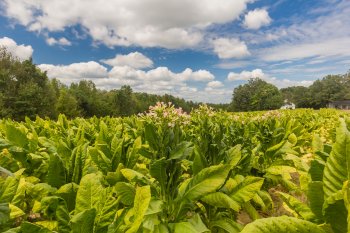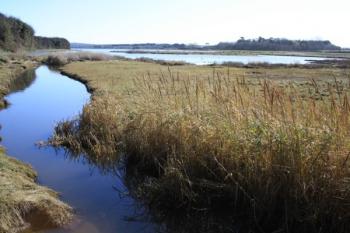Socio-ecological urban river restoration to mitigate flood risk, improve recreational potential and provide suitable habitats for fauna and flora: The Isar in Munich, Germany
Submitted by Jemma Oppla on 23 November 2021In the second part of the 20th century, three major challenges led towards a new thinking and the implementation of river restoration as a nature-based solution at the Isar.
First, after decades of river regulation, water diversion and hydro-morphological modifications, the resulting degraded morphological status and related losses of ecological and social quality triggered serious concerns from civil society and citizens.
Second, the Isar River was very popular for swimming and other water-related outdoor recreational activities as one of the key elements of the local...





